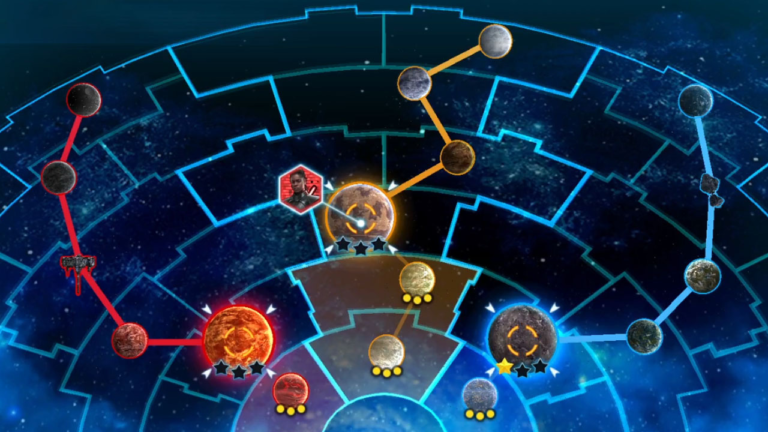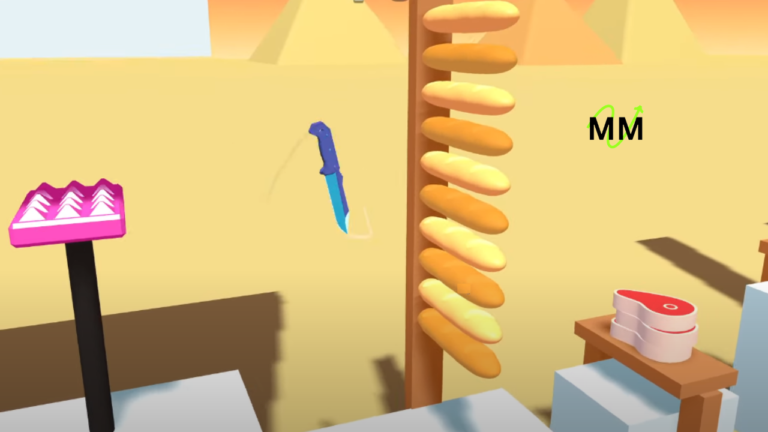Effective Octordle Hint Strategies for Better Gameplay

Octordle is an intriguing and challenging word puzzle game that builds on the success of Wordle but amplifies the difficulty. Instead of solving a single five-letter word, players must guess eight words simultaneously using the same guesses. This heightened complexity makes strategic thinking essential for success. The game provides color-coded hints, similar to Wordle, showing if guessed letters are correct and in the proper positions across the eight grids. Mastering Octordle is not just about thinking; it’s about maximizing the effectiveness of the hints provided, managing guess efficiency, and developing a systematic approach.
This article will explore effective hint strategies that will help you confidently tackle the game.
Understanding the Basics of Octordle
Before diving into strategy, it’s crucial to understand the mechanics of Octordle. You start with a blank grid, and each word is five letters long. The game gives you 13 attempts to guess all eight words, meaning you need to use each guess wisely. Every guess applies to all eight words, and the feedback you receive for each guess is vital. Words are marked with colored tiles indicating whether a letter is present and in the right place (green), present but in the wrong place (yellow), or absent from the word (gray).
Given the constraints of solving eight words in 13 guesses, a solid grasp of strategic hints can make all the difference.
Key Octordle Hint Strategies
1. Start with Common Letters
A universal hint in word puzzle games, particularly in Octordle, is to begin your guesses with words containing high-frequency letters. In English, the most common letters are E, A, R, S, T, N, and I. Using these letters early will give you valuable feedback and uncover key patterns across multiple words simultaneously. A good starting word might be “STARE” or “RAISE,” which features a balanced mix of vowels and consonants.
Starting with these high-frequency letters increases the chance of uncovering letters that are part of several target words, giving you an early advantage by providing crucial hints.
2. Analyze the Feedback Grid
Once you’ve made your initial guesses, the feedback grid will become your most essential tool. Pay close attention to the color-coded hints. If letters turn green, you’ve found their correct positions; if they are yellow, they belong in the word but not in the current spot. Use these clues to refine future guesses.
Cross-reference clues across the eight grids rather than jumping from one word to another. For example, if “T” turns green in one word, test if that letter might fit similarly in other grids where it’s yellow. This systematic approach will help you chip away at several words simultaneously.
Read More
3. Maximize Your Guesses
Managing your guesses is critical, as you have only 13 guesses to solve all eight words. A common mistake is focusing too much on a single word early, which can waste opportunities to gather broader information. Instead, use each guess to cover as many possibilities as possible across the grids.
For example, after receiving feedback on common letters, shift to guesses that target words where fewer letters have been revealed. This method ensures that you’re not repeating letters unnecessarily and maximizing the effectiveness of each guess.
4. Use Word Patterns and Structures
Recognizing common word structures is another valuable strategy. Many words follow predictable patterns in English, such as ending in -ED, -LY, or -ING. These patterns can narrow down word possibilities as the game progresses. If you find that a word has an E in the third position and a T at the end, the word might follow a pattern like -MENT or -TEST.
Look for words that follow these familiar structures to fill the remaining gaps quickly. Similarly, look for double letters, as they often appear in tricky puzzles. Words like “PEARL” or “LLAMA” might occur more frequently than expected, and spotting such patterns can be a real timesaver.
5. Focus on Uncommon Letters Strategically
Once you’ve exhausted common letters, it’s time to shift focus toward less common letters. This includes letters like J, Q, Z, and X, which appear infrequently but can provide decisive clues when used strategically. If you’re stuck on a word and have identified most letters, taking a calculated risk by guessing one of these less frequent letters can help break the deadlock.
6. Practice Elimination Tactics
As you make more guesses, use the feedback to eliminate impossible letters and refine your guesses. Keep track of which letters have been confirmed not to be part of certain words by crossing out letters mentally or on paper. Doing so lets you progressively limit the scope of possibilities and make more informed guesses. Elimination tactics are beneficial when several words share the same letters, as they help differentiate between potential words more effectively.
Advanced Octordle Techniques
Once you’ve mastered the basic strategies, consider incorporating these advanced techniques into your game:
- Cross-referencing clues: As previously mentioned, using feedback from one grid to help solve another is crucial. Don’t work in isolation—each feedback from one word can be applied to others.
- Efficient use of position hints: If you receive hints that a letter is wrong, try alternating your guesses to determine its exact placement. This can quickly lead to breakthroughs under challenging grids.
Common Pitfalls to Avoid
1. Over-reliance on Common Letters
While common letters are important, relying solely on them can limit your progress. Once you’ve gathered enough feedback, expand your letter set to test new possibilities.
2. Ignoring Feedback Across Grids
Octordle provides clues across multiple grids, so failing to integrate those hints into your strategy will slow you down. Always use the broader context of the game to inform your decisions.
Practice and Patience: Keys to Success
As with any skill, practice, and patience are critical in mastering Octordle. The more you play, the better you will become at spotting patterns, optimizing guesses, and using hints effectively. Regular practice helps develop intuition for the game’s structure and improves your ability to recognize common word patterns.
Read More
Conclusion
Mastering Octordle is a blend of strategic thinking, vocabulary knowledge, and systematic use of the game’s hints. By starting with common letters, paying close attention to the feedback, maximizing your guesses, and utilizing word structures, you can significantly improve your chances of solving all eight words within the limited guesses. Keep practicing, use hints wisely, and most importantly, enjoy Octordle’s challenge!






